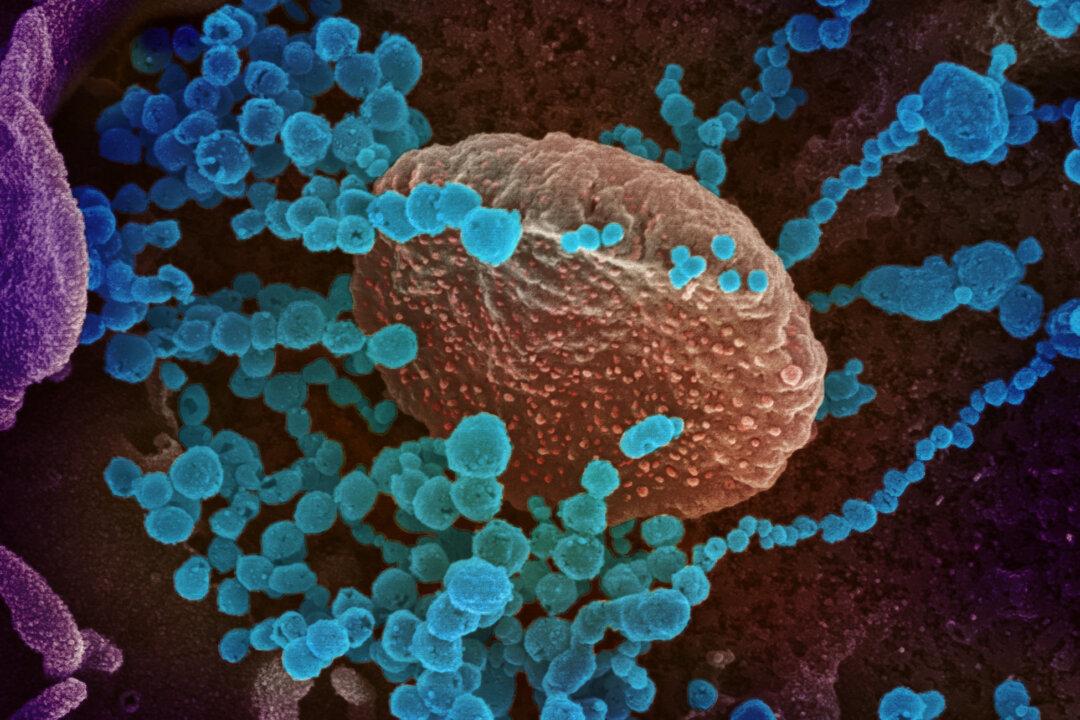Droplets from the CCP virus could travel up to 27 feet, a Massachusetts Institute of Technology (MIT) researcher stated in a paper published in the Journal of the American Medical Association on March 26.
Lydia Bourouiba, an associate professor at MIT and expert in fluid dynamics, said a sneeze or cough, for example, results in a turbulent gas cloud that could contain virus droplets, and warned that the current guidelines on social distancing, while critical in the current time of pandemic, are based on outdated models from the 1930s.





